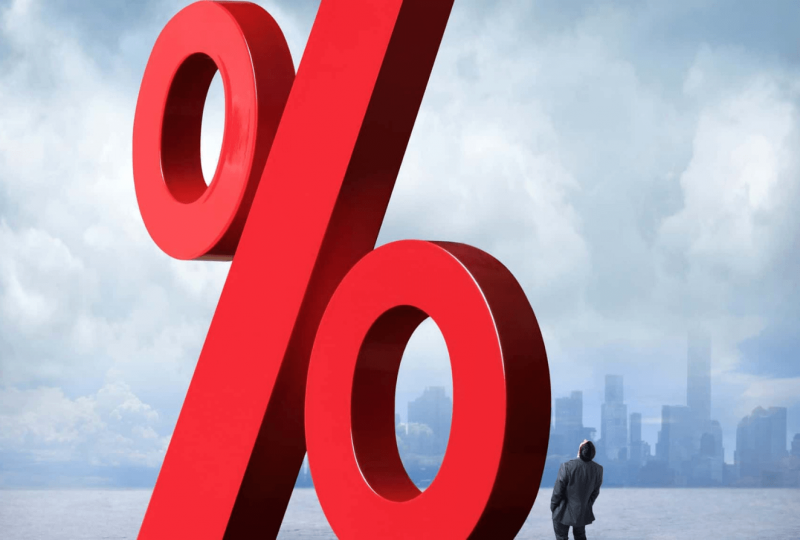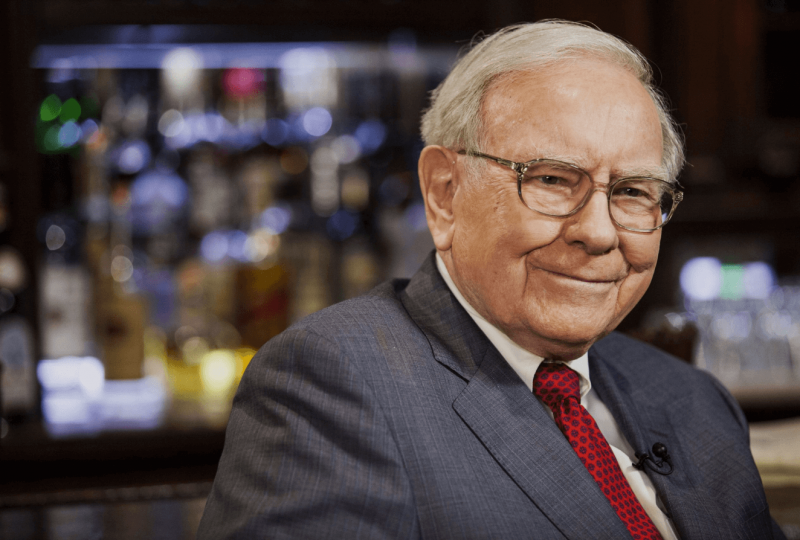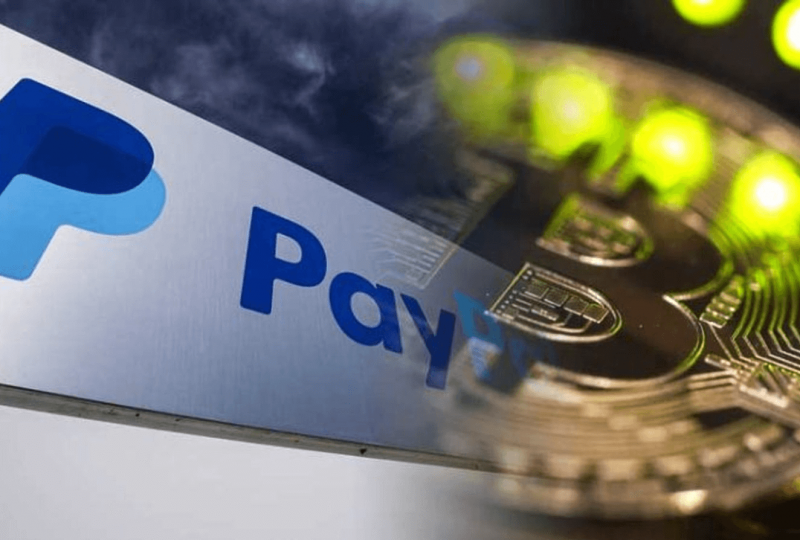Expert Opinion: Inflation Picks Up Steam, Intensifying Pressure on Fed to Raise Rates Aggressively
Apr 12, 2022

Consumer prices increased at a fast pace of 8.5 percent year on year in March, as the Russia-Ukraine conflict drove up the price of oil and commodities, supply chain slowdowns persisted, and demand remained high.
The increase in prices is the seventh consecutive monthly increase in the annual rate and the fastest in more than 40 years in the United States. This pace will add to rising pressure on the Federal Reserve to act faster to rein in surging inflation, maybe by raising interest rates by a half-point when central bank officials meet early next month.
The astonishing rate of price increases—the consumer-price index rose 1.2 percent in March alone, according to the Labor Department—is striking American consumers in sectors of the economy where they spend the most money, such as petrol, food, and rent, leaving less to spend in other areas.
Inflation is outperforming wage growth for the majority of employees, and it has spread beyond the products and into the services sectors, fueling concerns about a broader economic downturn this year and indicating that higher prices are becoming entrenched in the economy.
According to Bill Adams, chief economist at Comerica Bank, the March data "provides more support for the Fed to raise interest rates by half a percentage point at that meeting as well as at the June meeting." "The Fed is concerned that the recent increase in gas prices may encourage a more inflationary attitude in the United States, causing inflation to continue at a higher level even after gas prices fall."
The 1.2 percent growth in March was a notable increase from the 0.8 percent increase in February, and both the monthly and yearly rates exceeded expectations: Economists predicted that prices would grow 1.1 percent month over month and 8.4 percent year over year in March.
In March, gasoline, housing, and food expenses contributed the most to headline inflation, with petrol prices up 18.3 percent over the month, groceries rising 1.5 percent, and rentals rising 0.4 percent. In a concerning indicator for the economy, the index that measures all services except energy services gained 0.6 percent month on month, and the rate of inflation has risen every month since January. This shows that inflationary forces are permeating the economy, which could keep total prices elevated long when supply chain slowdowns subside, and energy prices recover to near-normal levels.
On one positive note, the core CPI, which excludes volatile food and energy indices, grew at a slower pace than experts predicted in March. The core CPI climbed 0.3 percent in March, down from 0.5 percent in February, which experts predicted would continue in March. Core prices, on the other hand, are up 6.5 percent year on year, up from 6.4 percent year on year last month.
The slower pace of price rises in the core index was driven in part by a decline in used car prices, which fell 3.8 percent in March, while the costs of dining away from home, clothing, and new automobiles all climbed more slowly than in previous months.
Some analysts believe that the weakening in the core index indicates that inflation has reached or is about to reach its peak: Pantheon Economics' chief economist, Ian Shepherdson, termed the statistics "encouraging, on edge." According to Andrew Hunter, senior U.S. economist at Capital Economics, the March data confirms the firm's opinion that "Fed policymakers are perhaps being a bit overly gloomy about how soon [inflation] will drop down."
It's still unknown if used automobile costs will continue to decline and how high gas and food prices, in particular, may rise. For the time being, ongoing price increases lend credence to the Fed's plans to lean into half-point rate rises and shrink the balance sheet more aggressively than during the previous tightening era, according to Jim Baird, chief investment officer at Plante Moran Financial Advisors.
That method is not without risk.
"Having fallen behind the curve, the Fed now looks ready to combat inflation with a two-pronged approach of near-term rate rises and quantitative tightening," Baird writes.
"With growth already decreasing, the road to a smooth landing has become more narrow."
Expert Opinion:
"One thing that’s not gotten much attention is that retail inventories have soared well beyond the long term trend, even after adjustment using the headline CPI index. Real retail inventories today are 11% higher than in February 2020 before the pandemic and most of that surge began in late 2021. This explains why monthly core CPI increases have been trending down since that time and came in well below expectations for March. In other words, there is now a glut of consumer goods at many retailers which motivates them to limit price increases and cut prices in many cases to move the goods. And this glut has developed at a time when consumers are shifting demand back to services. Note that this is the exact opposite of the situation that existed in March of 2021 when lean inventories met soaring demand for goods. The current inflation surge began in March of last year which is why year-over-year measures are peaking. Yes, it’s been only one year since the inflation surge, which is not long considering that inflation ran below target for a whole decade before the current surge."
- Douglas Rife
Bloomberg
[email protected]




